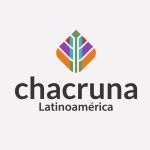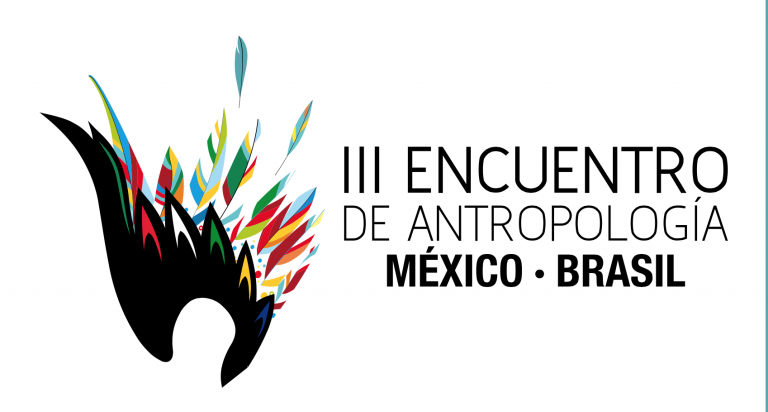Educación pública sobre plantas psicoactivas, ahora en portugués y español.
Educação pública sobre plantas psicoativas agora em português e espanhol.
Esther Jean Langdon nos comparte en el texto “Shamans and Shamanisms: Reflections on Anthropological Dilemmas of Modernity”, una reflexion acerca de los chamanes a lo largo de los últimos 40 años sin caer en la dicotomia de tradicional/moderno, a su vez toma en cuenta los cambios y dilemas que ha tenido la ciencia antropológica al abordar este tema de estudio a lo largo del tiempo.
This paper was inspired by an invitation to participate in a seminar with an enigmatic title, “Shamanic Dilemmas of Modernity.” When I sat down to write my presentation, I was forced to ask myself: are the shamans perplexed by modernity, or is it we, the anthropologists, who are perplexed by the plu- rality of shamanisms that are manifested today? Since my initiation in U.S. anthropology over forty years ago, the multiplicity of voices speaking about or claiming to be shamans has increased to such an extent that one could question the conceptual usefulness of the terms “shaman” and “shamanism” in the face of the process of globalization.
My purpose here is not to elaborate upon the traditional/modern dichotomy of shamans or to develop a single paradigm capable of embracing the plurality of shamanisms and shamans. Reflecting on my almost 40 years of studying shamanism and the new-age shamanic movement, I argue that an adequate understanding of shamanism, like other social phenomenon, must abandon the concept that culture is a holistic unity with clear boundaries and space. Also, our monographs must drop the monophonic authorial voice, in favor of portraying the multiplicity of shamanic phenomena, where there is less unity, more fragmentation and no clear boundaries (Gupta and Ferguson 2001: 5). This, in fact, has already been successfully done for the region where I did my fieldwork, the Putumayo region of southern Colombia. Michael Taussig (1988) describes brilliantly magical and shamanic practices and hegemonic images of the Indians. His artful use of intertextuality places his book as perhaps the first truly postmodern ethnography. He quotes from my work in a few places, describing my doctoral dissertation as an “ideal typical” account of Siona cosmology (1988: 263).
Esther Jean Langdon fue profesora titular de la Universidad Federal de Santa Catarina (UFSC) hasta 2014. Obtuvo su doctorado en la Universidad de Tulane (EEUU) en 1974. Sus investigaciones doctorales han estado enfocadas al chamanismo y la relación entre cosmología, enfermedad y prácticas cotidianas entre los Siona de Colombia. Trabaja en el Brasil desde 1983, donde ha continuado con sus intereses en chamanismo, ritual y narrativa. También ha trabajado con la política de salud indígena en el Brasil. Es investigadora del CNPq 1B y Coordinadora del Instituto Nacional de Pesquisa Brasil Plural. Ha publicado 6 libros y cuenta con mas que 150 artículos publicados en revistas y libros en América Latina, Estados Unidos y Europa.
Jean Langdon nos estará acompañando el día lunes 5 de octubre a las 12:00 hrs, dictando la ponencia: “Violencia, desplazamiento y un proyecto de patrimonio chamánico: resiliencia indígena en la región del Putumayo en Colombia”
Descarga el texto completo aquí.





